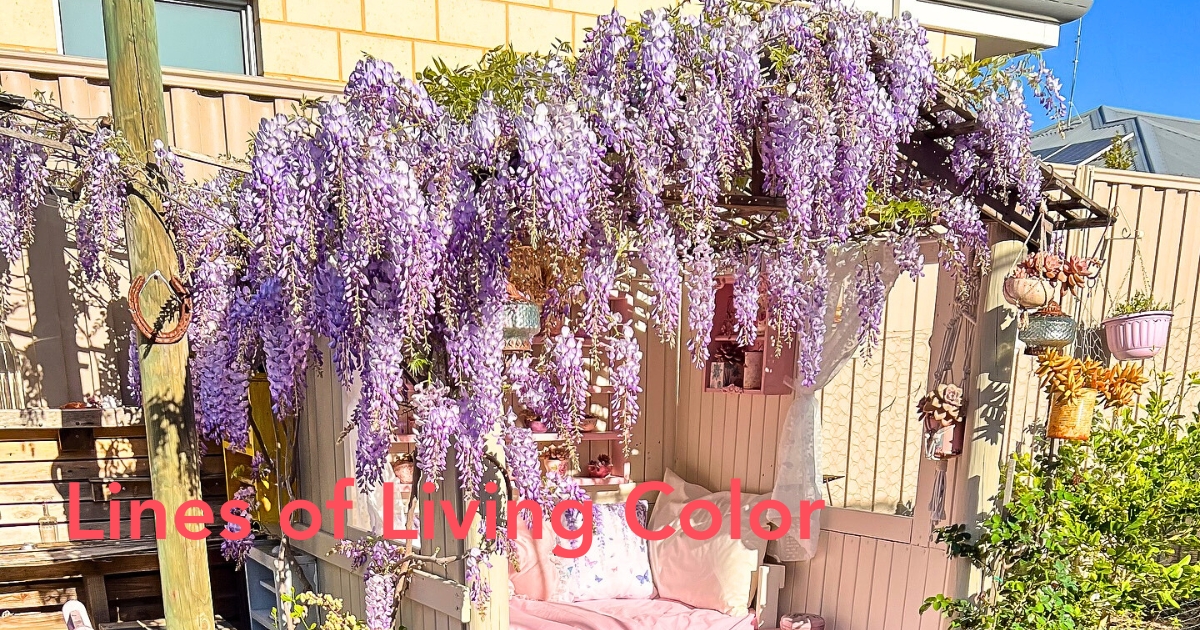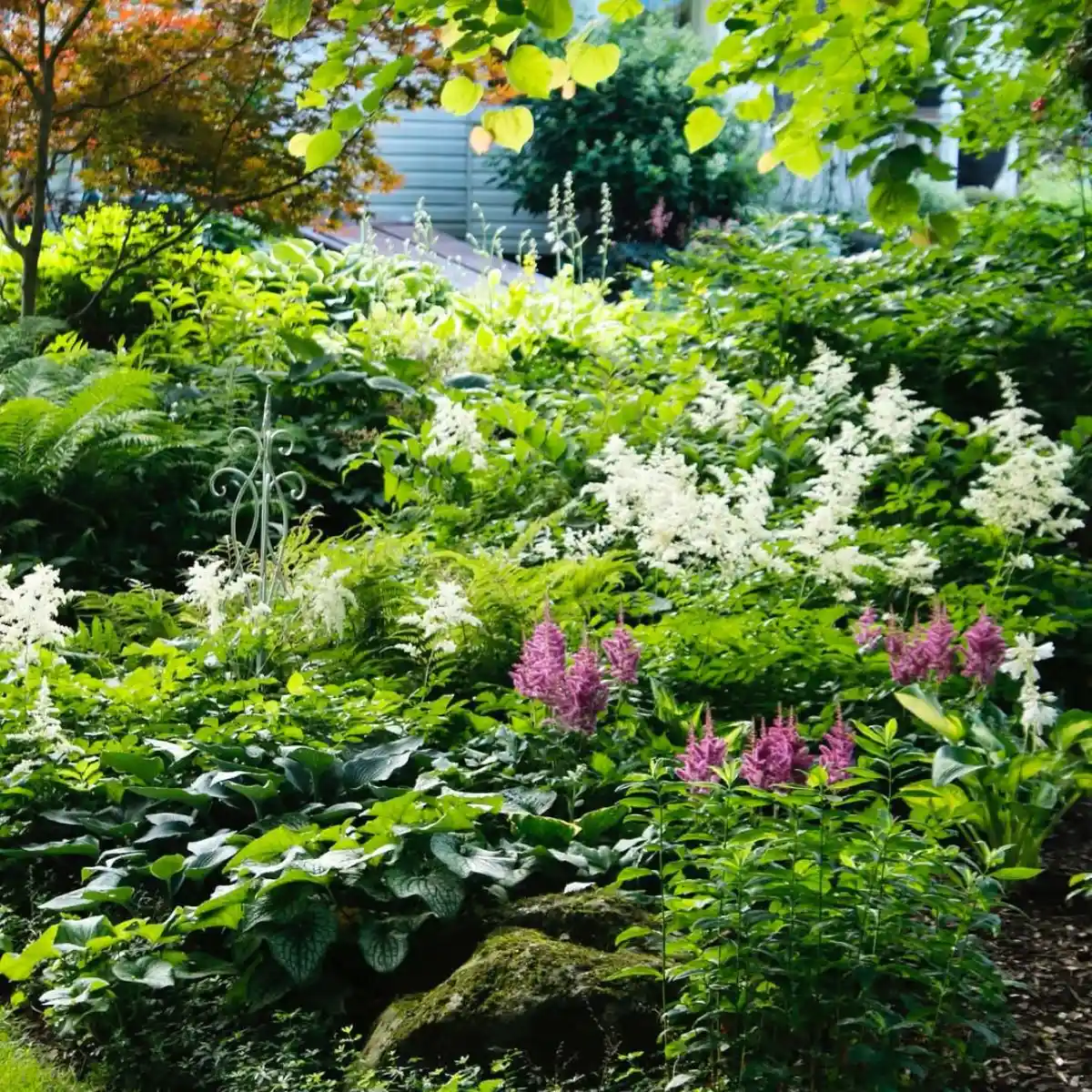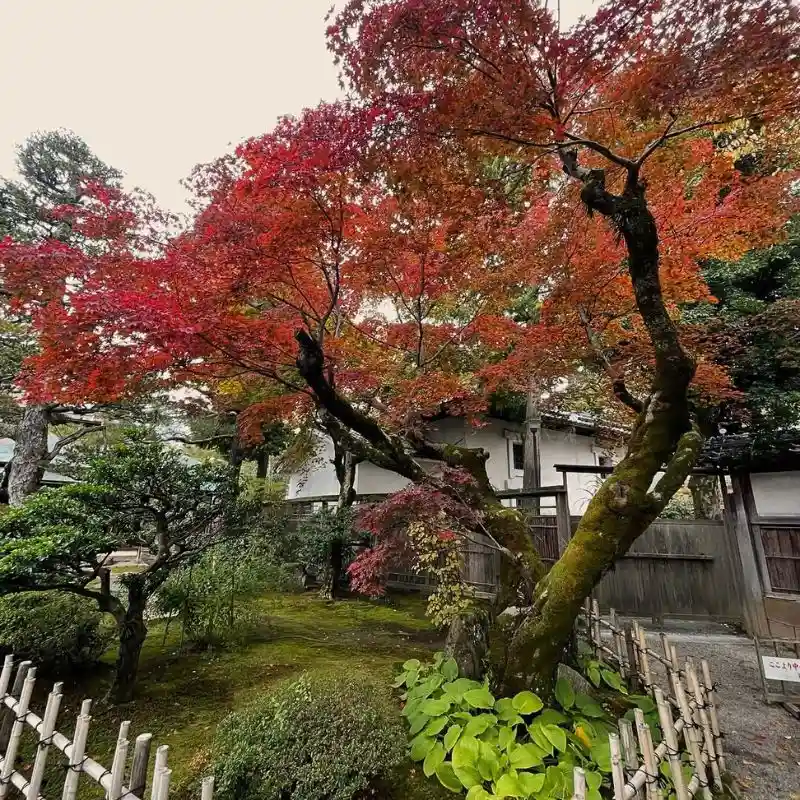The wisteria flower is one of the most familiar climbing plants in gardens across the world. Its long clusters of purple, pink, white, or blue flowers have made it a common choice for arbors, walls, and trellises. Gardeners admire its growth habit, while many cultures attach deep meaning to the plant and its long life. This article takes a detailed look at the wisteria flower meaning, the meaning of the wisteria flower in different cultures, the plant’s history, and the best ways to care for it.
Understanding this plant begins with its place of origin. The Japanese wisteria, known botanically as Wisteria Floribunda, grows naturally in parts of Japan. Over the years, it has spread to many regions and is now one of the most recognisable climbing vines in the world. Its long lifespan, strong root system, and ability to climb high structures make it an interesting plant for gardeners and plant lovers.
What Is the Wisteria Flower?
The wisteria flower grows on a vine that can climb as high as thirty meters when supported. The plant attaches itself to structures using twining stems that wrap around beams, poles, and tree trunks. Because of this climbing habit, wisteria is often planted near pergolas, arbors, and garden entryways so that it can create a natural overhead canopy.

The vine produces hanging flower clusters during the spring season. These clusters appear in shades of purple, pink, white, or blue, depending on the variety. In Japan, people have grown wisteria for centuries, and many historical gardens still feature old plants that continue to grow each year. Some of these plants can reach more than one hundred years of age and are viewed as living heritage.
Outside Asia, wisteria has become a common plant in parks and private gardens. It is valued for its strong growth and its ability to create natural shade when trained on a support structure. While the plant is often admired for its flowers, it is also known for its strong woody stems and its ability to withstand a wide range of climates when properly cared for.

In addition to its aesthetic appeal, the wisteria vine is also known for its medicinal properties. In traditional Chinese medicine, wisteria is used to treat a variety of ailments, including headaches, skin rashes, and digestive issues.
Meaning of the Wisteria Flower
The wisteria flower meaning varies depending on the culture, the region, and the context, yet many interpretations share common themes. Because the plant grows for many decades and continues to bloom even in challenging conditions, it is often connected to ideas of endurance, persistence, and the ability to keep growing through time.

In general, the meaning of the wisteria flower centers around strength, growth, and personal development. The long clusters of flowers hang downward, creating a shape that many people interpret as a sign of reflection and groundedness. Wisteria takes time to establish itself, sometimes several years before it flowers, which makes patience another symbolic association.
Across many cultures, wisteria is also linked to connection and affection. The vine’s tendency to wrap around structures has been interpreted by some as a symbol of close bonds. The flowers open together on long strands, creating a sense of unity and togetherness. These ideas often appear in literature, ceremonies, and garden design.

Today, the wisteria vine continues to captivate us with its timeless beauty and ethereal charm. Whether it is adorning a garden wall or cascading over a trellis, the wisteria flower is a symbol of grace and elegance that will always be cherished.
Meaning of Wisteria Flower Across Cultures
Different countries attach specific meaning to the wisteria flower. These individual interpretations help broaden the understanding of its symbolism.
In Japan, wisteria is deeply associated with resilience and longevity. Many traditional gardens feature plants that have been growing for generations. The strength of the root system and the plant’s ability to flourish year after year represent endurance. Wisteria also appears in traditional family crests, seasonal festivals, and historical art.

In China, the meaning of the wisteria flower is closely connected to affection, partnership, and gentle forms of love. Couples often appreciate the plant for its soft flower clusters that appear together on long strands. The plant’s ability to grow steadily over time has also made it a symbol of long-lasting relationships. Because of this, wisteria is sometimes included in wedding ceremonies or used in designs that celebrate unity.
In Europe and North America, the wisteria flower's meaning has taken on modern interpretations. Many gardeners associate it with creativity, reflection, and personal expression. The plant often appears in garden settings where people want a calm and reflective atmosphere. Its long growing period before the first bloom has also made it a symbol of slow and steady progress. Across all these regions, one idea remains constant. The wisteria flower meaning reflects a sense of growth and a connection to time. It is a plant that requires patience but rewards that patience with strong seasonal displays.
Is the Wisteria Poisonous?
Many people often ask about the safety of wisteria, especially when young children or pets are present. While the plant is common in gardens, certain parts of it can be harmful if ingested.
The leaves, stems, and seeds contain compounds that may cause stomach discomfort when eaten. Symptoms include nausea, vomiting, and general digestive irritation. Touching the plant rarely causes issues, but people with sensitive skin may experience mild irritation.

The seeds and pods are considered the most toxic part of the plant. This is particularly important in seasons when the pods fall to the ground, where children or pets may pick them up. The safest approach is to supervise children around the plant and prevent pets from chewing on it.
Although wisteria is mildly toxic, it is still grown in many homes and public gardens. With simple precautions, it remains a safe and manageable plant.
How to Care for a Wisteria Plant
Growing wisteria requires attention to light, soil, and pruning. The plant grows best when placed in a sunny area. Full sun encourages the strongest flowering display. In partial shade, the vine may continue growing, but it often produces fewer flowers.
Plant wisteria in fertile soil that drains well. The plant does not do well in soil that is constantly wet, so proper drainage is essential. Adding compost in early spring can support growth and improve soil structure.

Watering should be consistent during dry periods. A mature wisteria is fairly tolerant of short dry spells, but young plants need regular watering as they establish their root systems. Once the plant is stable, it will require less frequent attention.
Pruning is an important part of wisteria care. The vine tends to grow vigorously and produces long shoots throughout the growing season. Cutting these back every few weeks during summer helps direct energy toward flower production rather than uncontrolled growth. Winter pruning helps maintain shape and prevents the vine from overwhelming its structure.
Where to Plant and Grow Wisteria
Choosing the right place to plant wisteria is crucial because it is a long-term plant that can grow intensely once established. The plant needs space to climb and spread. A pergola, arbor, balcony frame, or strong trellis can provide the structure it needs.
Select a location with full sunlight. At least six hours of direct sunlight each day will increase the plant’s chances of flowering well. Wisteria can handle different soil types, but it performs best in slightly moist soil that drains freely.

Give the plant enough room to grow both vertically and horizontally. Good spacing prevents the vine from overwhelming nearby structures or plants. Once wisteria begins to climb, it can be guided gently along a structure. Over time, it will develop strong woody stems that support its growth.
Gardeners in cooler climates may notice reduced flowering. This is normal because the plant prefers temperate or warm conditions. However, with proper placement and pruning, it can still grow steadily and produce reasonable flower clusters. Here's an interesting article for you if planning to design a floral pathway for outdoor settings.
Can You Grow Wisteria in a Pot?
Growing wisteria in a pot is possible, but it requires careful attention. The plant has a strong root system that expands over time, so the pot must be large enough to support this growth. Using a smaller pot can limit the plant’s development and reduce its ability to flower.
A well-draining potting mix is essential. The soil should remain slightly moist but not waterlogged. Because potted plants dry out more quickly, watering should be monitored closely. During hot months, the plant may need more frequent watering.

Potted wisteria also needs a support system. A strong stake or small trellis placed inside the pot can guide the plant upward. Without this support, the vine may coil around itself or droop.
Keep in mind that potted wisteria usually remains smaller than plants grown in the ground. Flowering may also be lighter. Despite this, a well-cared-for potted wisteria can still offer a strong visual presence on balconies, patios, and terraces.
How to Propagate Wisteria
There are several ways to propagate wisteria. Each approach requires patience, but all can result in healthy new plants.
Propagation from cuttings is one of the most common methods. Take a short piece of healthy stem from the parent plant during early spring or fall. Remove the lower leaves and plant the cutting in moist soil. Roots usually begin to form after several weeks.

Layering is another effective method. This involves bending a low branch so that it touches the ground. A small cut on the underside of the branch encourages rooting. Once roots develop, the new plant can be separated from the parent vine.
Division is suitable for large, established plants. Carefully digging around the base allows the root system to be separated into sections. Each section can then be replanted and treated as an individual plant.
Grafting is used less often and usually for specific varieties. It requires more experience and is often done by specialists who wish to preserve certain traits.
Wisteria at Ashikaga Flower Park in Japan
One of the most famous places to experience wisteria is Ashikaga Flower Park in Tochigi, Japan. The Park features hundreds of wisteria plants, including an old wisteria tree that is over one hundred and fifty years old. Visitors travel from across the world to see the hanging clusters of flowers during the spring season.

The Park is also known for its night displays. During this period, the wisteria structures are lit in a way that highlights the long strands of flowers. The combination of light and natural form creates a calm atmosphere. It is a place where visitors can see how wisteria has been grown, shaped, and appreciated for generations.
The wisteria flower meaning reflects ideas of growth, patience, personal grounding, and long-lasting connection. The plant’s ability to grow for decades makes it a symbol of endurance across many cultures. Whether planted in a garden, trained on a pergola, or grown in a pot, wisteria offers a lasting presence that many people return to year after year.

Its history, cultural value, and practical growing needs all contribute to its role in gardens around the world. For anyone interested in understanding symbolism in nature or simply looking for a long-lived climbing plant, wisteria remains one of the most recognisable and meaningful choices.
Header image by @charmingsucculents










